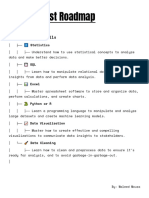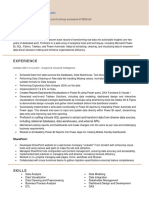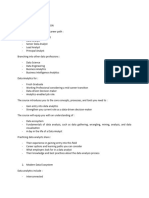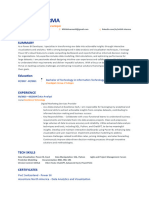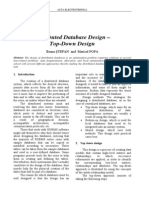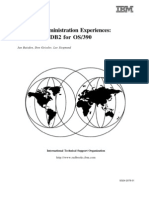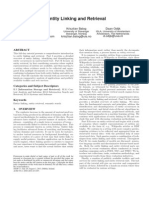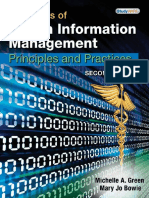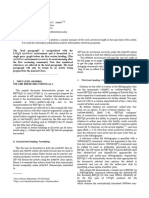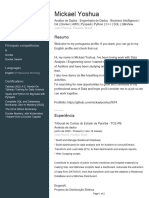0% found this document useful (0 votes)
68 views6 pagesProject
The document outlines various data analyst projects, detailing tools used, project descriptions, skills required, and outcomes achieved. It also lists major roles and responsibilities for entry-level data analysts, common tools utilized, and recommended certifications for both freshers and experienced analysts. The goal is to provide a comprehensive overview of data analysis tasks and career development pathways in the field.
Uploaded by
yashshreekdCopyright
© © All Rights Reserved
We take content rights seriously. If you suspect this is your content, claim it here.
Available Formats
Download as DOCX, PDF, TXT or read online on Scribd
0% found this document useful (0 votes)
68 views6 pagesProject
The document outlines various data analyst projects, detailing tools used, project descriptions, skills required, and outcomes achieved. It also lists major roles and responsibilities for entry-level data analysts, common tools utilized, and recommended certifications for both freshers and experienced analysts. The goal is to provide a comprehensive overview of data analysis tasks and career development pathways in the field.
Uploaded by
yashshreekdCopyright
© © All Rights Reserved
We take content rights seriously. If you suspect this is your content, claim it here.
Available Formats
Download as DOCX, PDF, TXT or read online on Scribd
/ 6











